What's the meaning of the Yin and Yang »
Yin and Yang
This page is about the meaning, origin and characteristic of the symbol, emblem, seal, sign, logo or flag: Yin and Yang.
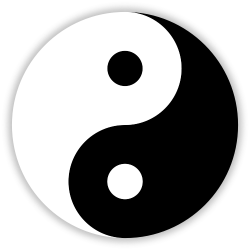
In Chinese philosophy, the concept of yin-yang (simplified Chinese: 阴阳; traditional Chinese: 陰陽; pinyin: yīnyáng), which is often called "yin and yang", is used to describe how seemingly opposite or contrary forces are interconnected and interdependent in the natural world; and, how they give rise to each other as they interrelate to one another.
Many natural dualities (such as male and female, light and dark, high and low, hot and cold, water and fire, life and death, and so on) are thought of as physical manifestations of the yin-yang concept. The concept lies at the origins of many branches of classical Chinese science and philosophy, as well as being a primary guideline of traditional Chinese medicine,[1] and a central principle of different forms of Chinese martial arts and exercise, such as baguazhang, taijiquan (t'ai chi), and qigong (Chi Kung) and of I Ching.
Yin and yang are actually complementary, not opposing, forces, interacting to form a whole greater than either separate part; in effect, a dynamic system. Everything has both yin and yang aspects, (for instance shadow cannot exist without light). Either of the two major aspects may manifest more strongly in a particular object, depending on the criterion of the observation. The concept of yin and yang is often symbolized by various forms of the Taijitu symbol, for which it is probably best known in Western cultures.
There is a perception (especially in the Western world) that yin and yang correspond to evil and good. However, in Taoist metaphysics, good-bad distinctions and other dichotomous moral judgments are perceptual, not real; so, yin-yang is an indivisible whole. In the ethics of Confucianism on the other hand, most notably in the philosophy of Dong Zhongshu, (c. 2nd century BCE) a moral dimension is attached to the yin-yang idea.
- 2,996 Views
Graphical characteristics:
Asymmetric, Closed shape, Monochrome, Contains curved lines, Has no crossing lines.
Category: Religious Symbols.
Yin and Yang is part of the Taoist Symbols group.
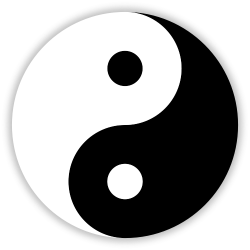
More symbols in Taoist Symbols:
Taoism (modernly: Daoism) is a philosophical and religious tradition that emphasizes living in harmony with the Tao (modernly romanized as "Dao"). The term Tao means "way", "path" or "principle", and… read more »

More symbols in Religious Symbols:
Religious symbolism is the use of symbols, including archetypes, acts, artwork, events, or natural phenomena, by a religion. Religions view religious texts, rituals, and works of art as symbols of co… read more »
Citation
Use the citation below to add this symbol to your bibliography:
Style:MLAChicagoAPA
"Yin and Yang." Symbols.com. STANDS4 LLC, 2024. Web. 23 Nov. 2024. <https://www.symbols.com/symbol/yin-and-yang>.



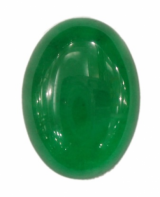
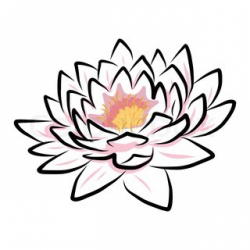

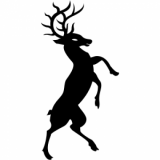

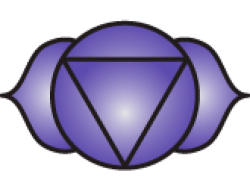
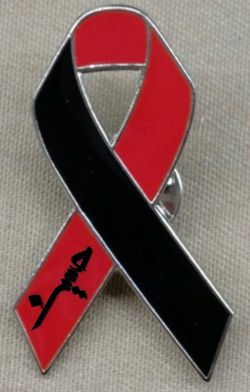
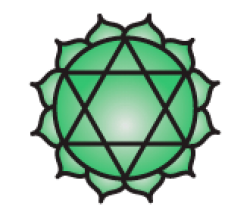
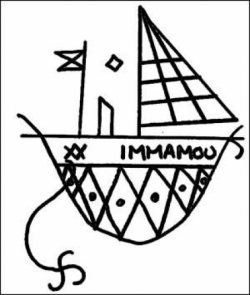


Have a discussion about Yin and Yang with the community:
Report Comment
We're doing our best to make sure our content is useful, accurate and safe.
If by any chance you spot an inappropriate comment while navigating through our website please use this form to let us know, and we'll take care of it shortly.
Attachment
You need to be logged in to favorite.
Log In